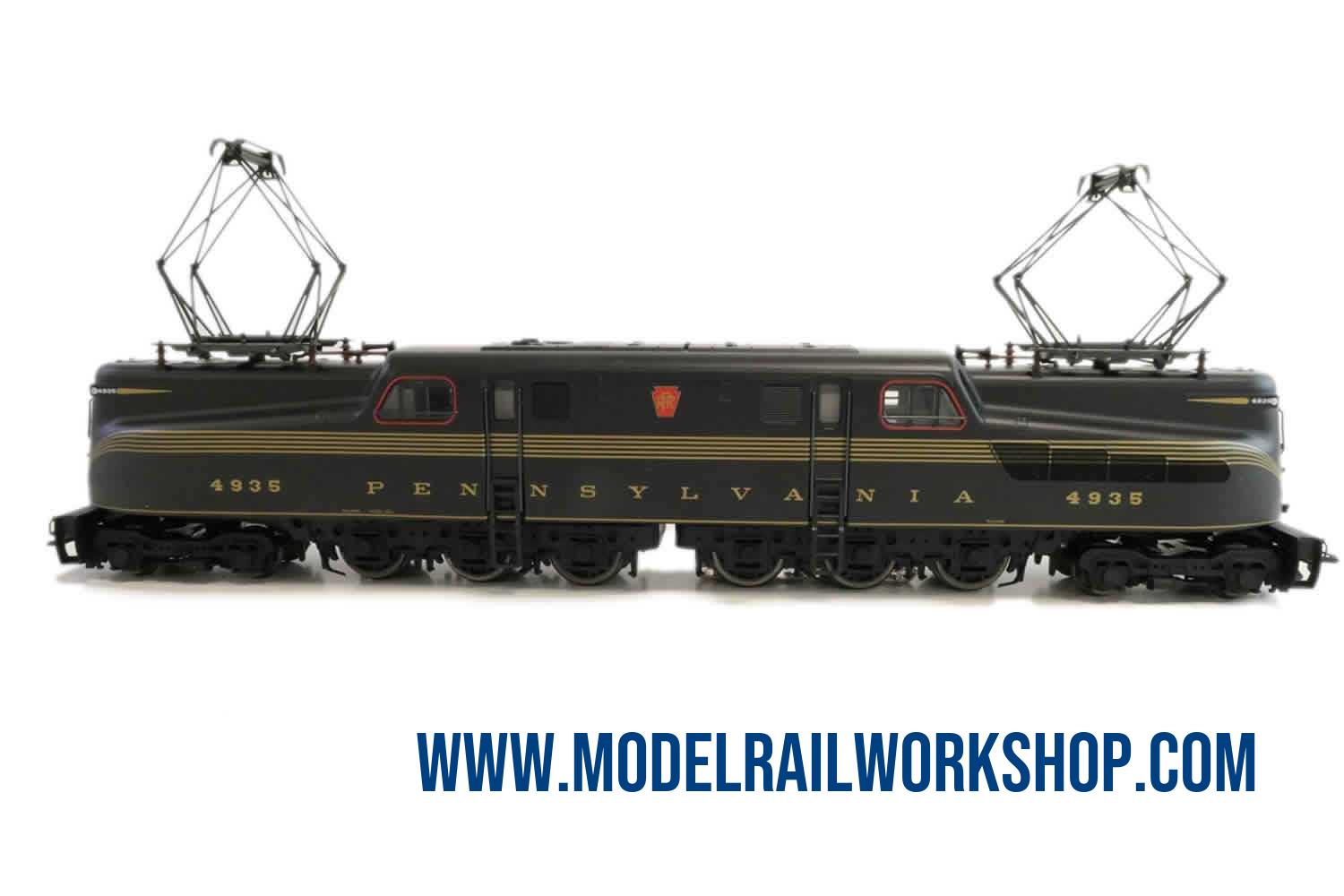
| KEY DATA | |
|---|---|
| Product Name | 37490 Electric locomotive - class GG-1 |
| Object type | Locomotive-Electric |
| Product Line | Märklin |
| Era | 1945-1970 (III) |
| Manufactured years | 2005-2007 |
| Type of housing | Metal |
| Length | 28.0 cm |
| Technology | Digital 6090 MFX |
| Railway company | US - Pennsylvania Railroad |
| Märklin RRP (Year) | 499€ (2007) |
| Koll valuation (Year) | 235€ (2022) |
| Url to Märklin | Klick to GoTo www.maerklin.de |
| No | Obj.No | Obj.txt | Category | Description |
|---|---|---|---|---|
| 37490-1 | 4935 | PENNSYLVANIA | GG1 | 2005-2007 Electric locomotive - Black |
| 37490-10 | 4861 | PENNSYLVANIA | GG1 | 2008-2010 Electric locomotive - black - included in train set 29 490 |
| Description | |
|---|---|